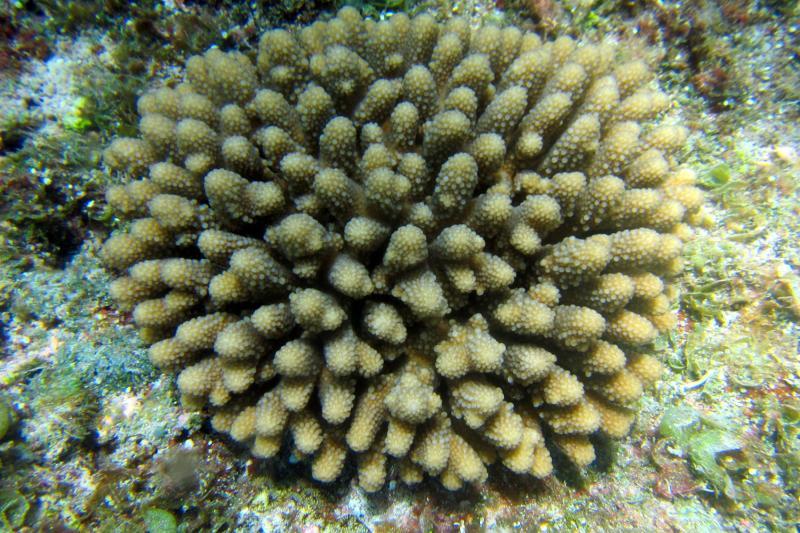
Meet your Pacific Islands protected coral species
by NOAA Fisheries 16 Dec 2023 21:13 UTC

Acropora globiceps at Tinian island, Commonwealth of the Northern Mariana Islands. Under the Endangered Species Act, A. globiceps is listed as threatened in CNMI, American Samoa, Guam, Hawaii, and the Pacific Remote Islands Area © Doug Fenner
Five of the 15 Indo-Pacific corals listed as threatened under the Endangered Species Act occur in U.S. waters. Here they are!
Coral reefs provide coastal communities with a wealth of benefits, from supporting fisheries, tourism, and recreation to buffering shores against waves, storms, and floods. But they face numerous threats to their future, including climate change, diseases, and overfishing.
In 2014, 15 Indo-Pacific corals were listed as threatened under the Endangered Species Act. Five of these species are found within the U.S. Pacific Islands—get to know them below!
Interested in learning more about how to identify these and other Indo-Pacific coral species? Sign up for our Coral Species Identification Training Program for free workshops and materials!
Acropora globiceps
Acropora globiceps is a species of branching coral found in American Samoa, Commonwealth of the Northern Mariana Islands, Guam, Hawai?i (Lalo in the Papahanaumokuakea Marine National Monument), and the Pacific Remote Islands Area.
The species forms "digitate" colonies that have finger-shaped vertical or radiating branches. The branches are covered in tubular corallites (protective homes for individual coral polyps) that are generally uniform in size and arranged in rows.
Acropora coral have two types of corallites: radial, which form on the sides of branches, and axial, which form on the tips of branches. The genus is named for its unique axial corallites—acro meaning "tip" or "end" and pora meaning "hole" in Latin. They have a single axial corallite on each branch that is sometimes difficult to distinguish from the radial corallites.
Colonies come in a range of colors depending on their location and other factors, including:
- Brown or fluorescent green in American Samoa
- Yellow-brown in the Commonwealth of the Northern Mariana Islands (at least at Tinian and Rota)
- Brown to yellow-brown, and green-brown to light tan and gray-green, in Guam
Acropora retusa
Found in American Samoa and the Pacific Remote Islands Area, A. retusa forms intricate, bushy colonies with short, finger-like branches. The coral's radial corallites vary in size, giving the branches a rough and spiny or prickly appearance. The colonies come in shades of browns and greens.
Acropora speciosa
Usually rust colored with bottlebrush-shape plates, A. speciosa is an uncommon species found along lower reef slopes in American Samoa. It forms small, flat-topped colonies sprouting many long, thin axial corallites with blunt ends and thick walls. This species very closely resembles another threatened coral—A. jacquelineae, which is not known to occur in U.S. Pacific waters. It is difficult to distinguish from it without examining the corals' corallite surfaces under a microscope.
Euphyllia paradivisa
Euphyllia paradivisa forms branching colonies in American Samoa with individual polyps at the end of branches. The polyps are fairly large and grow flowing, branching tentacles with small round knobs at the ends. The tentacles are typically extended during the night to capture small prey and often retract during the day for protection. The colonies come in an array of colors, including various shades of green, brown, and sometimes pink or purple.
Isopora crateriformis
Found in American Samoa, Isopora crateriformis is characterized by its distinctive plate-like structure. Coral colonies typically form as plates that are flat, solid, and encrusting. The colonies are light tan or rusty colored, and in rare occasions green (likely a genetic trait). The surface of the plates are covered in ridges and tiny cylindrical corallites.